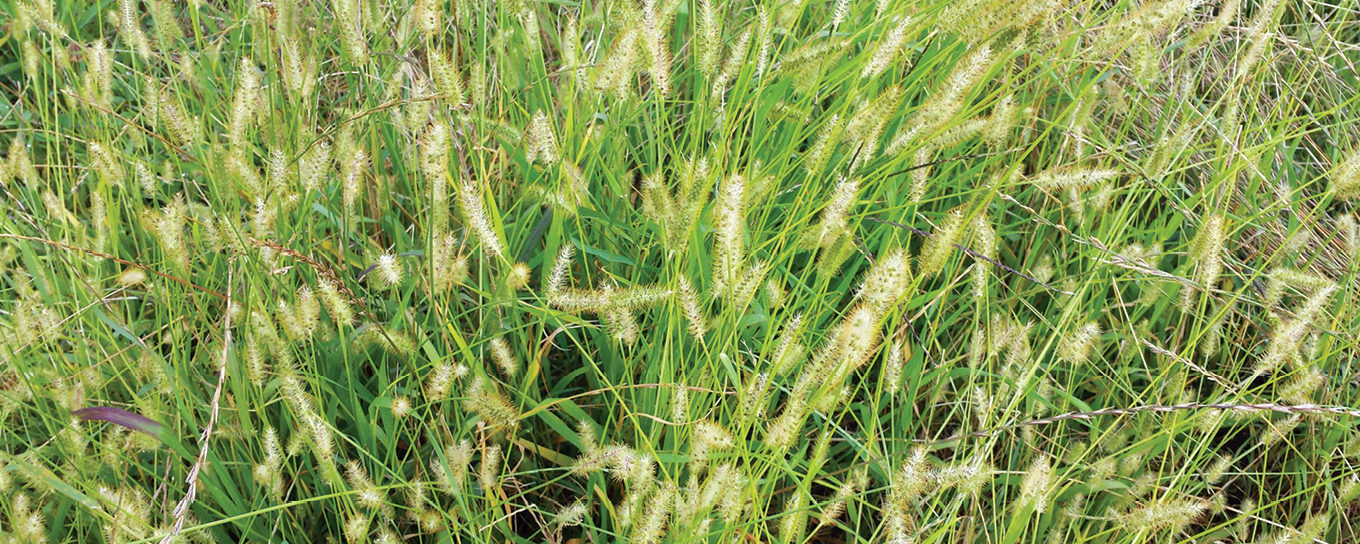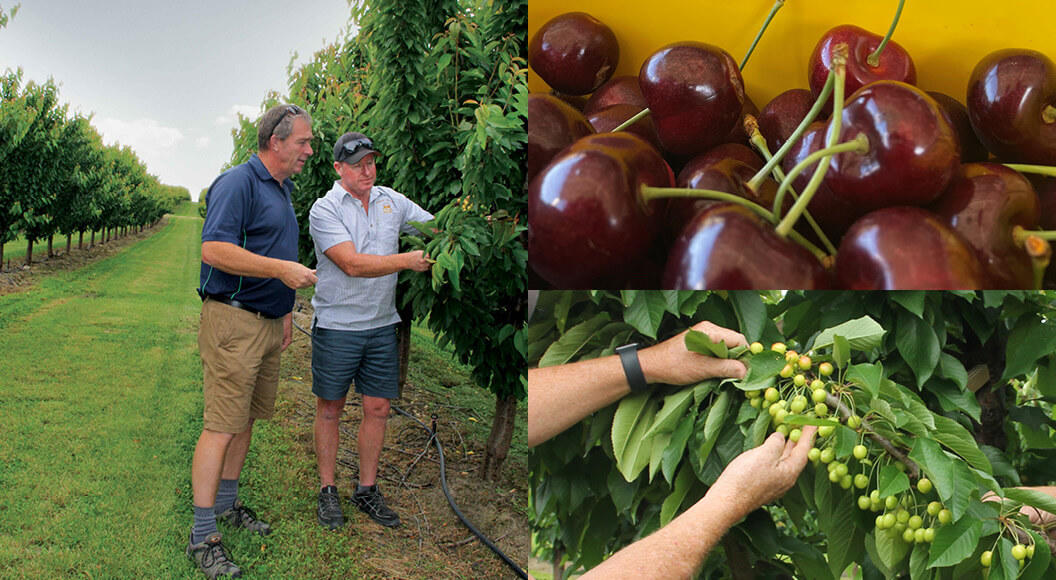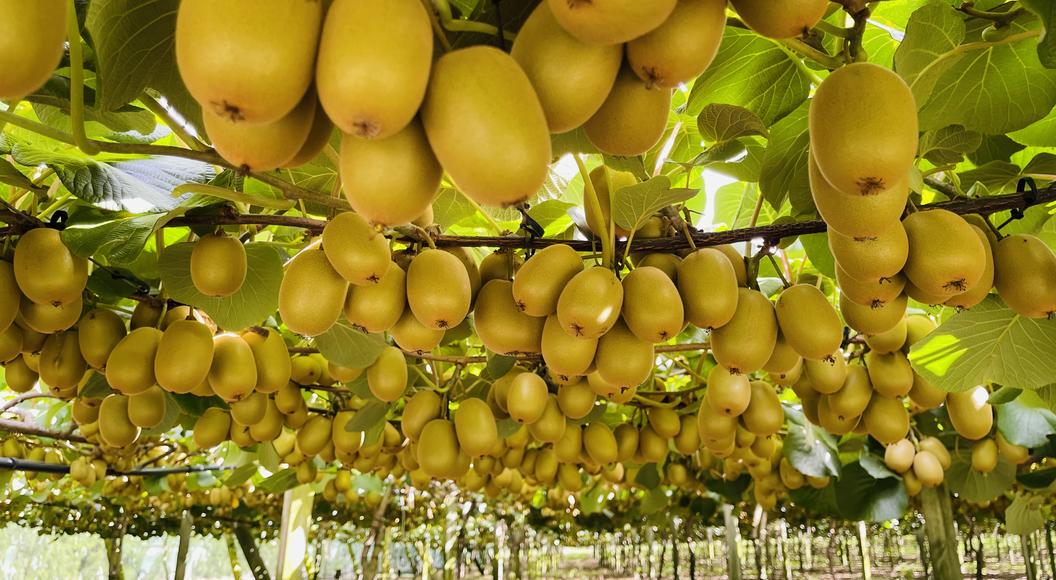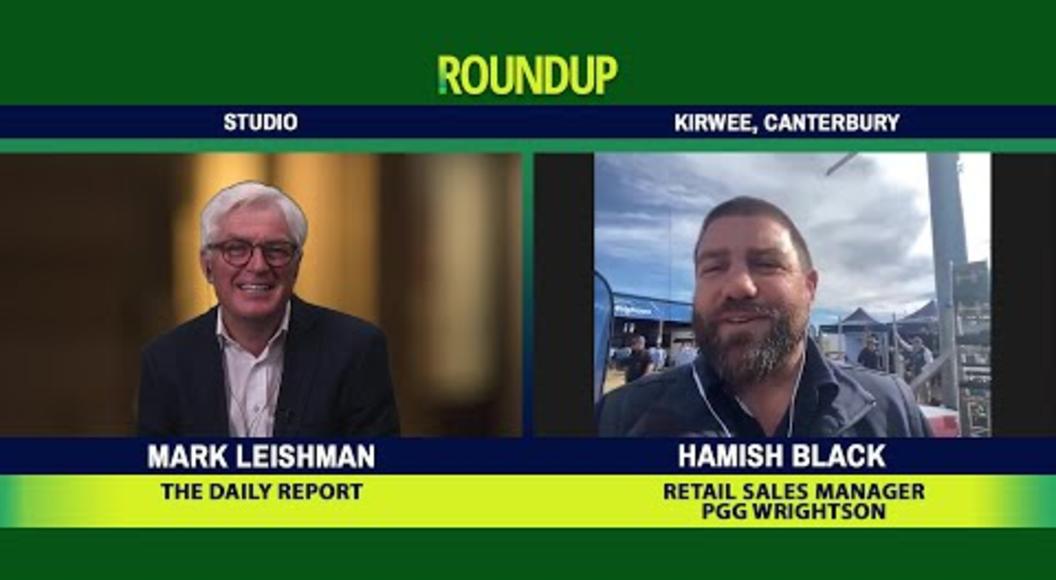
Controlling yellow bristle grass
I am receiving an increasing number of calls from across the North Island especially the Waikato and Manawatu, about Yellow Bristle Grass (YBG) being found in both pasture and crops, and more particularly maize.
This weed is part of the family of annual grasses known as Seteria, which includes foxtails and millets. YBG originally came from Asia and has spread through Europe, North America and Australasia.Over the last few years, possibly driven by wet winter pugging,
YBG has spread through Taranaki, Waikato, Auckland and the Bay of Plenty, moving from roadsides into paddocks.
YBG does not provide good quality late summer/autumn feed. It is a C4 photosynthetic plant that grows more vigorously at higher temperatures than ryegrass. It becomes dominant through the summer months, reducing the quality of your pasture. Then with winter frosts, the YBG dies out leaving gaps for weed and more YBG infiltration the following spring.
Germination of YBG seeds typically starts around mid-October when soils are about 16 degrees Celsius and peaks by mid-November when soil temperatures are over 20 degrees Celsius. This is a similar timing to other C4 weed grasses, such as summer grass, crowsfoot grass, and smooth witchgrass, however due to the size and seed numbers per plant, YBG is far more invasive and competitive.
The seed heads can normally be seen from late December onwards, but more commonly through January and February. Once these seed heads appear, the seeds are viable and cannot be killed by sprays. Seeds are hard coated and dispersed in water,in hay, on animals and in contaminated crops such as maize. They are dormant for about three months before they can germinate. Germination is driven by soil temperature, so usually new germination doesn’t happen until the following spring. The seeds can last in the soil for up to ten years, although generally only viable for just a few years.
Because YBG and other weed C4 grasses readily invade run-out or pugged pastures, the best form of control is not to get into the situation in the first place. Avoid allowing flat weeds to dominate and then spray them out, as this leaves a bare patch in the pasture for weeds including grasses to invade.
Top control tips
- Learn to identify YBG and how it differs from other summer grasses, especially at the vegetative growth stage. One of the most recognisable features of YBG is a bright red stem base. Once identified, you can then isolate the area and treat accordingly.
- Avoid pasture damage at the key germination timing, from October to December.
- Remove seed-heads through topping during the summer or tight grazing before the seed-heads appear. Seeds pass through the rumen and land on the ground in a pile of dung ready to germinate the following spring.
- Spray non-selective herbicide, such as glyphosate, before seed-heads are produced.
- Whether the YBG is in pasture or crop, for example maize or brassica, there are selective herbicides available that kill the YBG and other summer grasses before they go to seed-head preventing damage to your pasture or crop. Speak to your local PGG Wrightson Technical Field Representative for guidance.
- YBG seeds can be killed in a good quality silage pit where increase in temperature and the correct acidic conditions are created during the ensiling process.
For more information on YBG control, get in touch with your local PGG Wrightson Technical Field Representative.


